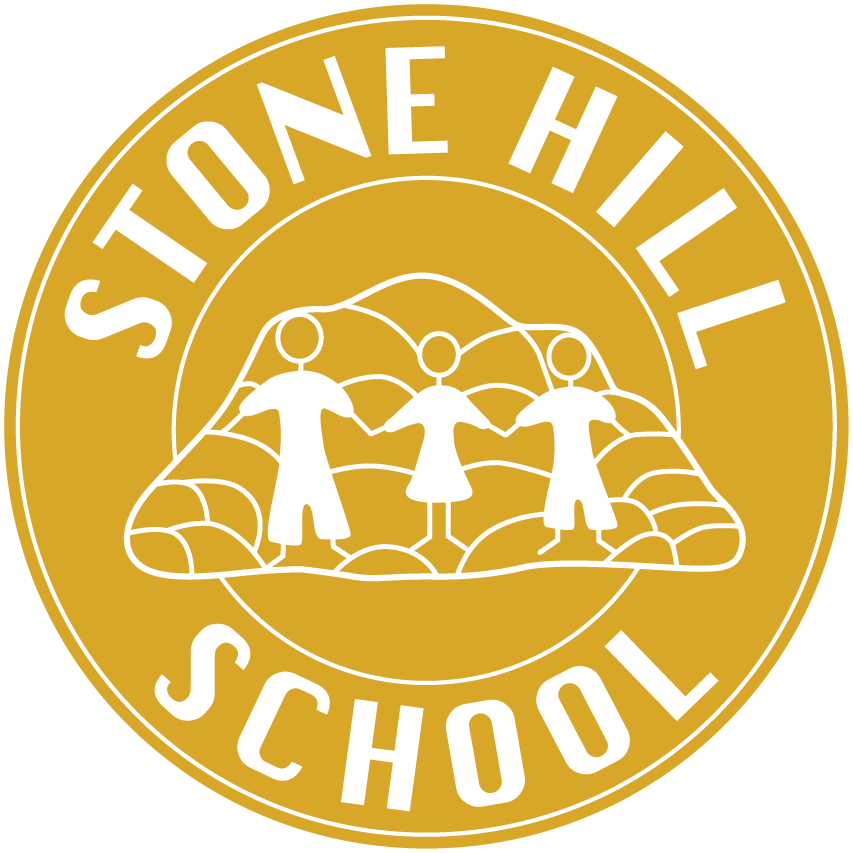Phonics and Reading
At Stone Hill School, we know that reading matters for all of our pupils. We support our pupils to become confident, keen and capable readers. We believe in the importance of developing children’s discrete word-reading skills and comprehension, and the need to engender their love of books and reading to enable them to become life-long readers.
We place reading and books at the centre of the curriculum
We recognise that being able to read well is a key life skill for all children, whatever their background
We believe that every child can learn to read with the right teaching and support
We acknowledge that not all children will have the opportunity to develop a love of reading at home, so this has to be taught and encouraged at school – just like any other area of the curriculum
We build time for all children to read independently, read aloud and be read to during the school day
We have a coherent whole-school strategy for promoting reading for pleasure
We invest time and resources to support reading, including buying books and developing the school environment to support reading
We believe that every teacher should be an advocate for reading
We devote time to training staff so they are equipped to support children’s enjoyment of reading
We involve parents to ensure the culture of reading that the school has developed extending into the home.
Phonics Curriculum:
The Phonics curriculum enables pupils to understand the relationship between letters and sounds. Pupils learn how to read and write by teaching them to hear, identify and use different sounds that distinguish one word from another. Pupils will form each letter correctly, spell correctly and compose their ideas step by step. At Stone Hill School we run Phonics through the Read Write Inc. programme which has been selected due to its suitability in meeting the learning needs of our pupils.
Within Phonics, pupils will be taught to:
Apply phonic knowledge and skills as the route to decode words
Respond speedily with the correct sound to graphemes (letters or groups of letters) for all 40+ phonemes, including, where applicable, alternative sounds for graphemes
Read accurately by blending sounds in unfamiliar words containing GPCs that have been taught
Read common exception words, noting unusual correspondences between spelling and sound and where these occur in the word
Read words containing taught GPCs and –s, –es, –ing, –ed, –er and –est endings
Read other words of more than one syllable that contain taught GPCs
Read words with contractions [for example, I’m, I’ll, we’ll], and understand that the apostrophe represents the omitted letter(s)
Accurately read aloud books, that are consistent with their developing phonic knowledge and that do not require them to use other strategies to work out words
Reread these books to build up their fluency and confidence in word reading, allowing them to embed learning into long-term memory.
The Phonics Curriculum is ambitious as it follows the RWI programme of study which is progressive and builds upon the children’s prior knowledge and learning. The programme is sequential and has been adapted to suit the needs of all children at Stone Hill School. There are direct curriculum links with Reading, Writing and GPS. Phonics underpins the whole curriculum with links to all subjects, as children are continuously using their phonetic skills to read, write and spell words in a cross curricular way.
Assessments are carried out each term by reading leaders and recorded in order to monitor and track children’s progress through the RWI programme. Children are grouped according to their ability into progressive groups. Staff are distributed into groups to support the children in their learning. Our teaching staff are trained to deliver quality first phonics teaching in accordance with the RWI programme.
Guided Reading Curriculum:
The Guided Reading curriculum enables pupils to develop foundational reading skills. Well-planned, high-quality guided reading, using carefully-chosen texts, and linked in with effective assessment, is a key part of our overall provision for reading. It provides opportunities for introducing pupils to a wide range of texts and authors, with those choices matched closely to the needs and interests of particular groups. It provides good opportunities for pupils to:
Apply their phonic knowledge and skills
Improve their fluency and comprehension
Discuss their understanding of what they read
Gain new vocabulary
Talk about grammar in context
Discuss ideas and learn from one another
Develop a love of reading.
Please click the link below to download our Phonics and Reading Curriculum Map
Reading Progression Curriculum Map
Long term plans available on request

